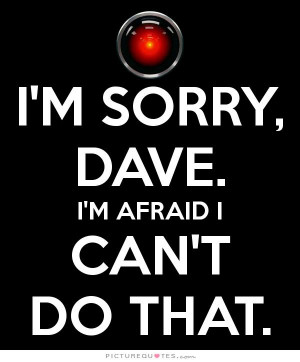With the flu season coming up right around the corner, I’ve been thinking. I can’t remember the last time I got a flu shot. I never get the flu, so I never see a reason to get the flu shot. So does the flu shot actually bring down the number of people affected by the flu, or is getting the vaccine just a waste of time?

One way to evaluate the effectiveness of flu vaccines is to see how bad the flu season was in certain years and how many people got vaccinated. According to the US National Library of Medicine, a randomized, double blind, placebo control trial was conducted during the winter of 1996. The study focused on pediatric health care providers, and was mainly concerned with the hard endpoint of days of work missed due to illness. The null hypothesis would have been “There is no difference in number of work days missed due to illness between the two groups.”. The alternate hypothesis would have been “There is a significant difference in the number of sick days taken between the vaccination and control groups.”. There were 547 participants in total, however, only 427 of them actually followed through with the procedures. In this study, the vaccines did not reduce the number of influenza infections, nor did it reduce the number of days the participants suffered from the disease in between the vaccination group and the control. However, days of work missed and days the participants felt unable to work were both significantly lower than that of the control group. So in terms of the vaccine actually helping you stay away from the flu, it’s not looking too good. But it’s not 1997 anymore. How has this result changed over the years?
The CDC has an excellent chart showcasing the effectiveness of the flu vaccine each year from 2004-2015.

If it’s hard to see, the table can be found here.
The “Adjusted Overall VE” column denotes the Vaccination Effectiveness for that year. As you can see, the effectiveness for the flu vaccine has been increasing every year (with a couple exceptions). on top of that, the sample size (number of patients) has also been increasing each year. So as the effectiveness was increasing, so was the accuracy of these studies. Now the obvious outliers in this case would be 2007, and 2014. 2007 was in fact the beginning of the swine flu (H1N1) epidemic. According to the CDC,, 2014 was a rough year for people 65 years old and over. The flu had peaked in late November/December instead of its usual February. I don’t believe these observational studies could be victim to any problems such as the file drawer problem or the sharpshooter. These were done by the CDC and so were most likely held to a higher standard due to it being a governmental agency. The CDC also has no incentive to produce misleading studies. It’s all about helping people and controlling diseases.
So in conclusion, I believe that due to advances in medicine, the effectiveness of vaccines for influenza has greatly increased since the original study done in 1996. It is now much more effective i preventing the disease, and making it last much shorter for those who do get it. So to answer my original question, I believe it would in fact be beneficial to get the vaccine after all. f i don’t I’m in no better position than those pediatricians were 20 years ago.



.jpg)






